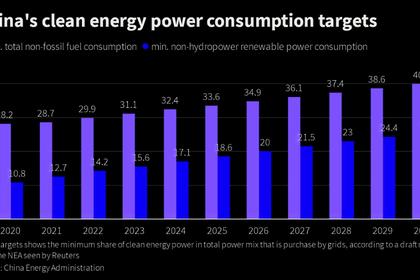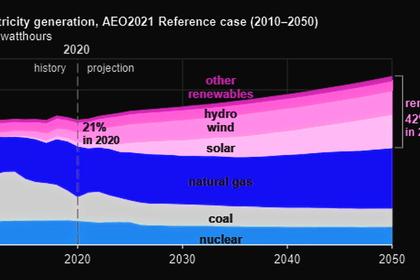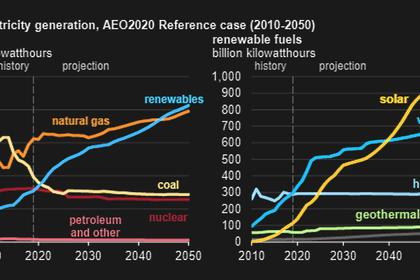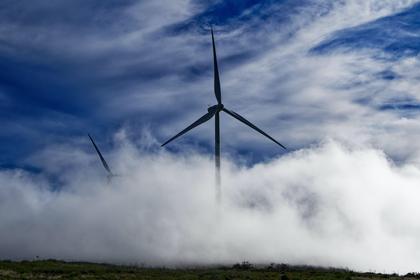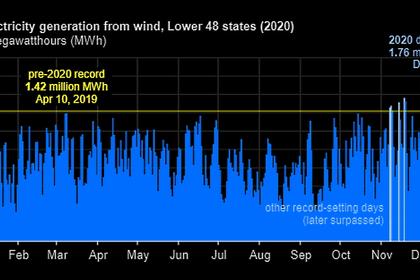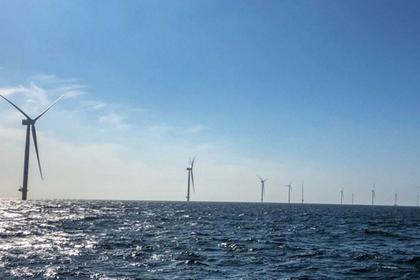
FOUR ENERGY TRENDS 2021
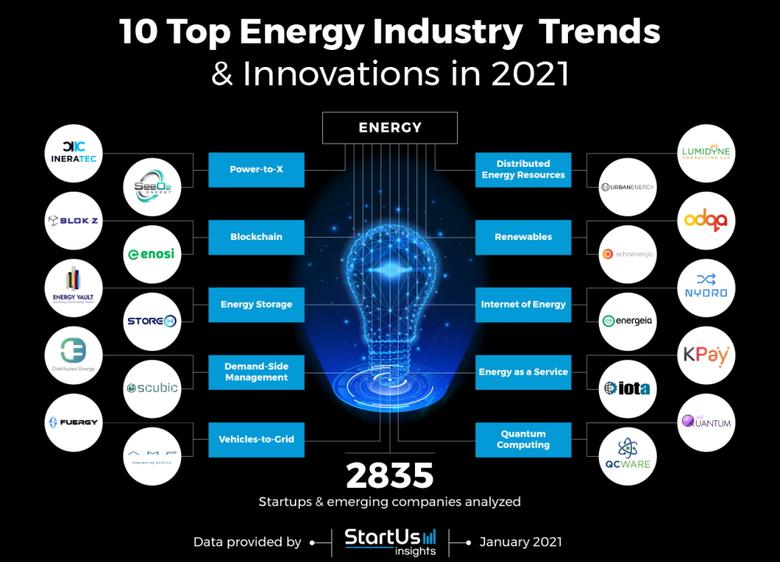
By Peter Sopher Manager, Investments & Portfolio Support Clean Energy Ventures
ENERGYCENTRAL- Feb 9, 2021 - COVID-19 made 2020 one of the most unpredictable years in recent memory. IEA forecasts global 2020 electricity demand declining 2%, the largest fall since the mid-20th century. But while some of the utility sector’s clearest trends experienced kinks in 2020, others were supercharged. For example, global renewables capacity grew 6.6%, its largest ever growth in absolute terms.
Based on assessments of energy venture capital deal flow, market analyses, and conversations with industry insiders, below are four indisputable utility sector trends -- regardless of whether the 2020 craziness repeats itself -- and the emerging, venture-backed technologies on the market to support the energy transition in 2021.
Innovative from substantial grid edge and utility-scale renewables infrastructure growth
All signs indicate that 2021 will mark an inflection point for renewables infrastructure development and energy innovation will have a meaningful impact on the severity of the inflection.
Over the past two years, a handful of major institutional investors like Goldman Sachs and Blackrock established landmark, multibillion dollar renewables infrastructure funds. The added certainty from a favorable regulatory establishment for clean energy – considering recent solar and wind tax credit extensions and a new U.S. President and Congress with clean energy infrastructure as a cornerstone agenda item – will empower many who are still on the sidelines here to enter. This flood of cash will drive down investor margins on traditional megawatt-scale wind and solar projects and inspire increased financing of riskier but potentially higher margin commercial-scale, battery, and offshore wind projects.
On the grid edge, stubbornly high soft costs for residential solar installation are likely to fall, thanks to new commercial technologies such as smart meter collars from ConnectDER or solar designing software like Aurora Solar that make it easier to connect solar and other DER to the grid remotely and don’t even require installers to enter homes - a necessary trend that is gaining traction in the COVID-19 era.
The primary driver of both utility-scale and grid edge renewables growth in recent years has been precipitous cost declines. Expect these to continue in 2021. In solar, for example, improvements in anti-reflective coating technologies like that of Pellucere and PV cell technologies like that of Leading Edge Equipment Technologies could improve panel performance while driving down solar cell costs as much as 50%.
Prioritization of innovative technologies that mitigate wildfire risk
Climate change has made forests drier and more susceptible to fires, and responsibility for sparking wildfires has catastrophic consequences for utilities. Unhealthy transmission and distribution infrastructure, especially lines near dry vegetation, leads to catastrophic consequences, least of all include damage and downtime.
Utilities need to adopt new, emerging technologies to mitigate risk before wildfire seasons start in 2021. Emerging startups with satellite and artificial intelligence technology to mitigate this vegetation management challenge include LiveEO, AiDash, and Buzz Solutions. In complement, LineVision leverages non-contact sensors and cloud-based analytics to monitor line health. By doing this, utilities can insure themselves against financial and reputational consequences of igniting fires that ravage homes, businesses, wildlife, and air quality.
Preparation for an electric vehicle influx
With EVs becoming cheaper and manufactured at dramatically larger scale, BloombergNEF projects 10-15% global EV annual sales growth in 2021. Light duty passenger EVs, two-wheelers, and electric bus fleets should lead the charge in 2021 and parlay it into explosive 3x growth in annual EV sales through 2030. And a likely accelerant of this trend is state and national regulators around the world following the California lead -- as many have in the past on vehicle emission standards -- on mandating zero-emission vehicles by 2035.
To accommodate such growth and meet state mandates, utilities will need to accelerate adoption of software platforms – such as the one from startup Rolling Energy Resources – for monitoring EVs on the grid and enabling demand response and time-of-use pricing. Mass charging infrastructure development and load protocols for managing massive, locationally-consolidated potential electricity demand from electric bus fleets and electric trucking stations within utility territories are both budding challenges that will require substantial progress in 2021. Actionable steps should include planning substantial generation resources around bus and truck fleet hubs and working with EV charging startups like OpConnect, Volta, ChargePoint, and others to determine the best grid locations for charging infrastructure and how such chargers could be reliably powered.
Energy access in the developing world
2021 promises to be a strong early year in what’s becoming the era of energy access. Few resources can unlock the developing world’s economy more than access to reliable electricity. Affordable renewables coupled with budding solutions gaining mainstream buy-in like mini-grids enable bypassing substantial costs of centralized grids. In short, the need for energy access is only growing, and resources enabling the developing world to leapfrog traditional fossil fuel-based grids make it increasingly feasible.
Venture-backed technologies enabling such growth will include predictive analytics software and smart meters targeting the developing world for maintaining and modernizing grid assets. Companies enabling this momentum include 60Hertz and SparkMeter, which, respectively, are commercializing minigrid predictive analytics software and advanced meters that are priced and specifically designed for developing world contexts.
Conclusion
Utilities each face diverse challenges based on their unique territory profiles, governance structures, and theses on innovation priorities. Some utilities have proactively embraced solar while others are just starting to integrate DERs. Regardless of where the utility currently lies on the innovation spectrum, it is inevitable that the utilities that begin to incorporate cutting edge technologies will thrive in 2021 while those that are resistant will continue to face uphill battles in acclimating to the inevitable data-rich, decentralized, renewables-based paradigm.
-----
This thought leadership article was originally shared with Energy Central's Utility Management Community Group. The communities are a place where professionals in the power industry can share, learn and connect in a collaborative environment. Join the Utility Management Community today and learn from others who work in the industry.
-----
Earlier:
